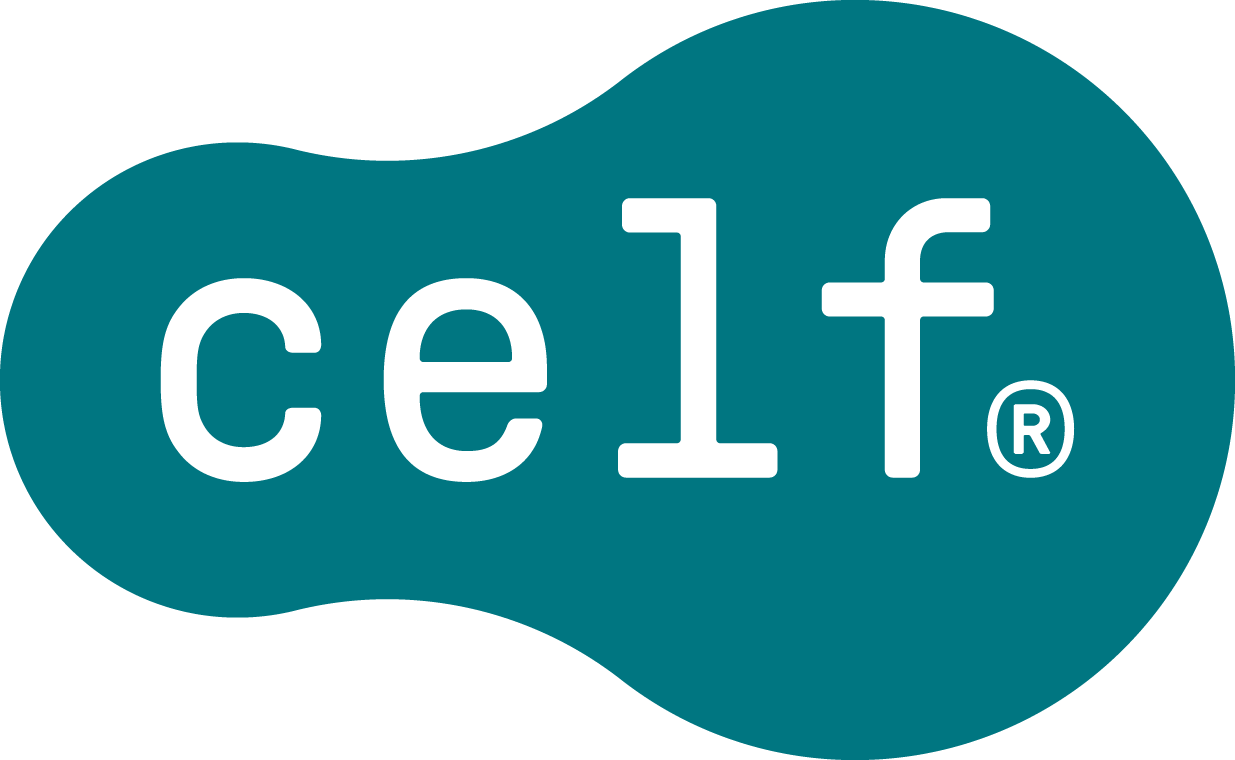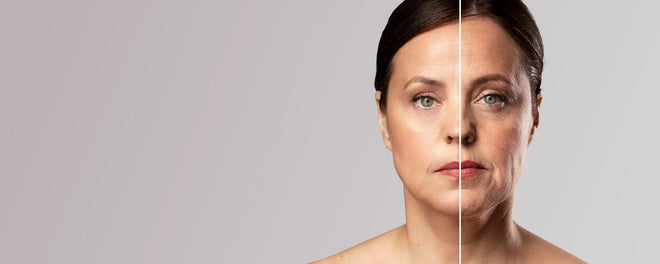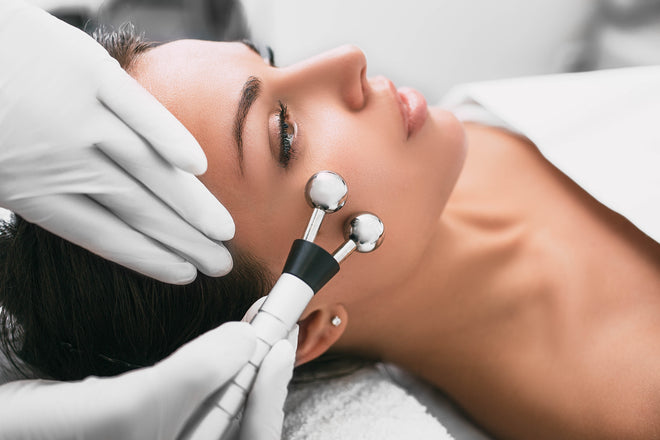The Complete Guide to Head Massagers: Benefits, Types & How to Choose
Table of Contents
The Complete Guide to Head Massagers
A Science-Backed Look at Scalp Stimulation for Hair Growth, Relaxation, and Better Absorption
Head massagers are no longer just a spa-day indulgence. They’ve evolved into a widely adopted tool in beauty and trichology, especially among consumers looking for non-invasive, wellness-orientated skincare rituals. From boosting circulation to supporting hair regrowth, scalp massage is backed by emerging clinical data and a growing interest in sensory therapies.
At CELF, we understand the value of functional tools that integrate easily into your routine while delivering meaningful results. Just like CELF’s own 2-minute daily ritual, head massagers are evidence-based, easy to use, and designed to enhance your hairskincare journey from the root up—literally.
1. What Are Head Massagers and Why Are They Trending?
Head massagers—manual or electric—work by applying gentle mechanical stimulation to the scalp. This activates microcirculation, supports follicle function, and improves the delivery of topical treatments. While the immediate effect is calming and grounding, the long-term benefits go deeper—supporting healthier hair growth and a more balanced scalp over time.
A 2016 study published in Eplasty found that just four minutes of daily standardisedstandardized scalp massage led to increased hair thickness after 24 weeks. Researchers believe this is due to the gentle stretching of dermal papilla cells, which may activate hair growth genes—particularly those in the Wnt/β-catenin pathway, known for its role in follicle development and regeneration.
Head massagers also belong to a broader trend in the skincare and haircare space: a shift toward more holistic, non-invasive, and evidence- based practices. While head massagers appeal to all consumers looking to increase penetration of products, they are especially appealing to those looking to increase scalp hygiene and help in the regrowth of thinning hair.
In this guide, you will discover the types of head massagers, the thinking around their mechanisms of action, and advice on how to use the device properly. Understanding the scientific basis and their applications in the real world make it easy to incorporate head massaging as part of your scalp and skincare strategy.
2. Quick Comparison Table: What Massager Do You Need?
Selecting which head massager is right for you will largely depend on your goals or desired outcomes. Here is a side by side comparison to help you distinguish and determine which massager will work best for your needs.
|
Goal |
Best Type |
Use With |
Frequency |
|
Hair regrowth |
Manual or Electric |
Minoxidil, Rosemary Oil |
Daily |
|
Stress relief |
Vibrating or Kneading |
On its own |
As needed |
|
Scalp buildup |
Silicone Brush |
Clarifying Shampoo |
2–3 times/week |
|
Product absorption |
Infrared/Heated |
Serums, Caffeine, Peptides |
3–5 times/week |
|
Deep exfoliation |
Manual with firm bristles |
Pre, cleanse or scalp scrub |
Weekly |
Understanding your goal is key to choosing the right tool. If your focus is on promoting hair growth, incorporating regular scalp massage with a manual or electric device can enhance the effects of scalp treatments. For relaxation, a vibrating or kneading device with adjustable settings may be ideal. As always, be mindful of whether to use the device on wet or dry hair, depending on your hair care routine.
3. Do Head Massagers Actually Work?
Yes—and here’s how.
1. Supports Hair Growth
Mechanical stimulation from scalp massage activates biological pathways like the Wnt/β-catenin system, which plays a central role in hair follicle regeneration. Studies show this stimulation stretches dermal papilla cells and increases the expression of hair-growth-related genes like Wnt10b and Wnt3a. Massage also improves local blood flow, which delivers more oxygen and nutrients to the follicles to support healthy regrowth.
2. Enhances Topical Absorption
Scalp massage helps treatments like minoxidil, peptides, caffeine, and botanical oils absorb more effectively. Improved circulation speeds up the metabolism of active ingredients, increasing their penetration into the dermis. This makes scalp massage a useful complement to both clinical and at-home treatment protocols.
3. Improves Scalp Hygiene and Microbiome Balance
Massagers can gently lift buildup, excess oil, and dead skin that may block follicles or cause irritation. Regular exfoliation supports a balanced scalp microbiome, which helps regulate oil production and reduces the risk of conditions like dandruff or seborrheic dermatitis.
When used regularly and intentionally, scalp massage becomes more than a relaxing experience—it’s a proven approach to maintaining scalp and hair health.
4. Scalp Massager Benefits at a Glance
-
Reduces stress: Lowers cortisol and promotes parasympathetic nervous system activity.
-
Boosts circulation: Delivers nutrients and clears waste from follicle areas.
-
Improves product absorption: Enhances uptake of active ingredients.
-
Exfoliates gently: Clears dead skin and buildup.
-
Promotes stronger hair: Supports cellular activity in hair follicles.
-
Balances oil: Distributes sebum along the scalp and hair shaft for better hydration and texture.
Together, these benefits create a healthy scalp environment—essential for long-term hair and skin wellness.
5. Types of Head Massagers (With Advantages & Disadvantages)
Your choice of device will depend on your hair/scalp needs and your preference for use setting. Below is a list of common types:
|
Type |
Description |
Best For |
Advantages |
Disadvantages |
|
Manual Silicone Brush |
Handheld, bristled |
Buildup, gentle exfoliation |
Affordable, waterproof |
Requires manual effort |
|
Electric Vibrating |
Powered by a motor |
Circulation, relaxation |
Hands, free, consistent intensity |
More expensive, battery, operated |
|
Kneading Massager |
Ball, shaped rotating nodes |
Deeper stimulation |
Mimic of human fingers |
Larger, not as suitable for wet usage |
|
Infrared/Heated |
Warmth + vibration |
Absorption of product |
Enhancer for serum infusion |
Limited research, niche product selection |
Electric scalp massagers offer consistent stimulation and an effortless, relaxing experience—ideal if you’re looking for ease and routine use.
Manual tools, while requiring a bit more effort, are great for targeted exfoliation. They’re often more affordable and give you more control, especially if you prefer a gentler or drier technique.
6. Proper Use of Head Massager
Dry Use:
Use dry massage before applying growth serums or oils. Massage the scalp gently in circular motion for 4–5 minutes. This helps prepare the scalp and enhances permeability to topicals.
Wet Use:
Using a silicone brush in the shower is ideal for removing buildup. Apply your shampoo first, then use the brush to gently massage it into the scalp while exfoliating away product residue, oil, and dead skin. Rinse thoroughly.
Important:
Do not apply excess pressure , use gentle, circular motions. Apply pressure to the crown, the temples, the nape of the neck and sides. Clean the device after each use, especially when used with products. Apply daily for hair growth and 2–3 times a week when exfoliating. Massage should feel effective, but not aggressive. Sensitive scalp patients should begin with less pressure and build to more pressure, more time, and more frequency.
7. The Best Head Massagers for Your Goal
Here are the best selections available based on the industry and consumers, related to your purpose:
-
Best Budget Option: Maxsoft Hair Scalp Massager – This inexpensive silicone brush is ergonomically designed for daily cleansing/massage.
-
Best Shampoo Option: Heeta Scalp Brush – This brush has been developed to fit into a wet environment, allowing different levels of bristle firmness.
-
Best Electric Option: Comfier Cordless Scalp Massager – This waterproof massager gives you the option of vibrating and kneading.
-
Best Expensive Option: Theragun Scalp or Breo iDream3 – Using advanced, sophisticated technology to target your head and allows you to have a deep massage, relaxation, etc.
-
Best Multi, Functional Option: Renpho Scalp Massager – This massager combines kneading, heating, and vibrating, so you can get a functional experience.
When selecting the!, think about the features you like to use in your routine. Such as: battery, operated, waterproof experience, strength settings, and cleaning function.
8. FAQs
Does scalp massaging cause shedding?
Milder amounts of shedding are normal at first as the follicles transition into the hair growth phase. If there is persistent excess shedding, it should be assessed by a dermatologist.
Is it ok to use a massager with minoxidil?
Absolutely. In fact, a massage prior to applying minoxidil can improve absorption. Massaging should not be performed immediately after applying minoxidil because it may be pushed out of the follicle.
Can you overuse a scalp massager?
It is typically safe to use every day. But, as with anything, if you have scalp sensitivity, inflammation, or skin conditions, you may not want to do it as much.
Will scalp massage work for alopecia areata?
Scalp massage may help increase circulation in the scalp. However, auto, immune conditions like alopecia areata with immune, mediated hair loss will involve medical treatment to manage the condition. Scalp massage can be an adjunct therapy, but should not be the primary treatment strategy.
9. Final Tips: What Actually Moves the Needle
Ultimately, we want to get the best use out of your time spent massaging, so here is a few things that you can do to maximize the benefits of scalp massage treatment:
-
Combine mechanical stimulation with topical activities: As noted above, massage helps increase permeability; therefore, it can be done before topical treatment to get best benefits out of the experience if you plan to use growth promoting agents, such as caffeine and peptides, or topical minoxidil.
-
Consistency: Visible results are typically seen after ~12–24 weeks of daily/near daily use.
-
Scalp hygiene: Consider weekly clarifying shampoos weekly or so to clean up any products that may actually be blocking follicles.
-
Document progress: Monthly photographs can be a helpful way to track objectively changes, of course investigating hair density, scalp clarity.
Overall, a head massager is a non-invasive, economical and easily supported by some evidence, in addition to one's comprehensive hair and scalp care routine. By using a head massager into your routine thoughtfully, and with a culture of each of the above, considered, you may enhance the efficacy of your hair and scalp products while improving your somatic well being.
FAQs
1. How to choose a scalp massager?
When choosing a scalp massager, consider factors like the type (manual or electric), material (silicone or plastic), ease of use, and your specific needs such as relieving tension, promoting hair growth, or relaxation. Look for adjustable settings, ergonomic design, and customer reviews to find a product that suits your preferences and budget.
2. Do scalp massagers really work?
Yes, scalp massagers can be effective for improving blood circulation, reducing stress, relieving headaches, and promoting relaxation. Some users also report benefits like improved hair health due to increased scalp stimulation. However, results vary by individual and consistency of use.
3. How often should you use a head massager?
For optimal benefits, it’s recommended to use a head massager 3-4 times a week for about 5-10 minutes per session. Overuse may cause scalp irritation, so listen to your body and adjust frequency accordingly.
4. What are the disadvantages of a scalp massager?
Some disadvantages include potential scalp irritation or sensitivity, especially if used too aggressively or frequently. Manual scalp massagers may require effort, and electric models might be costly. People with certain scalp conditions should consult a doctor before use.




